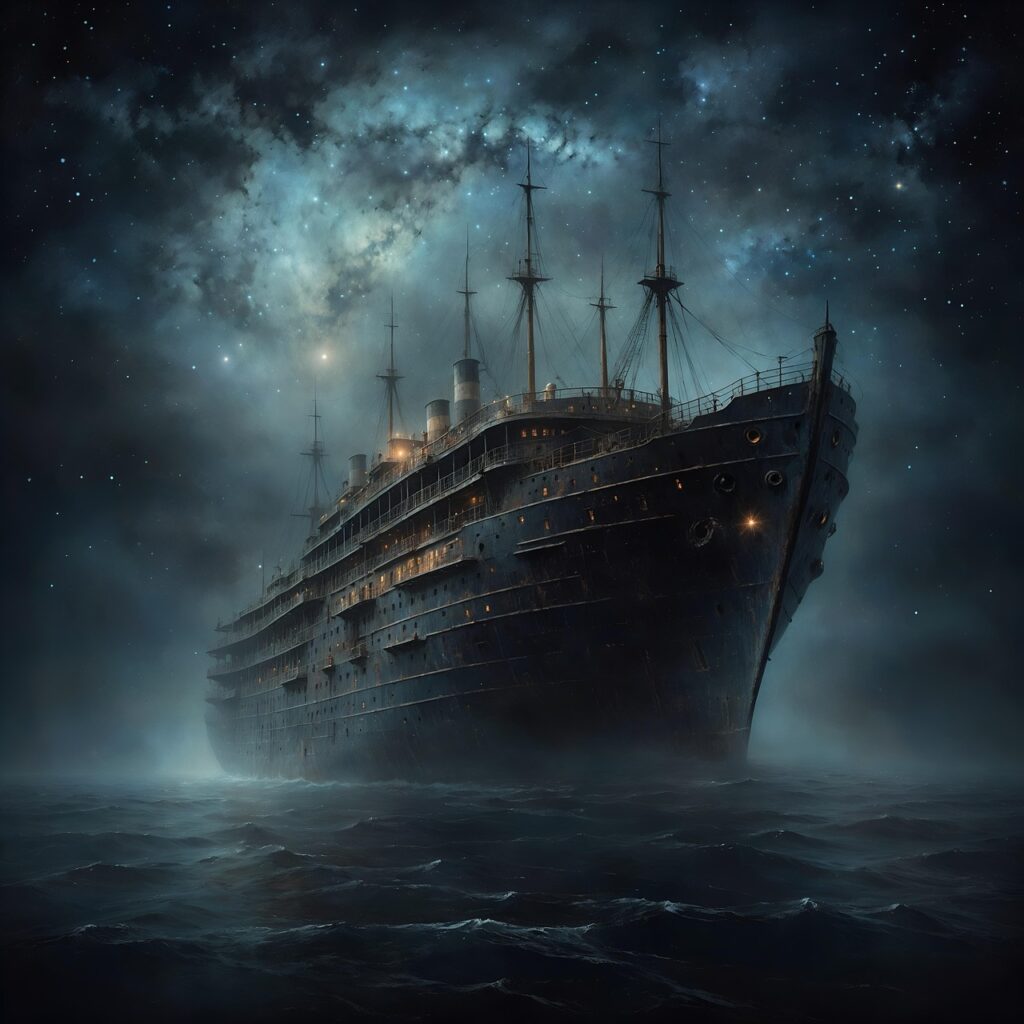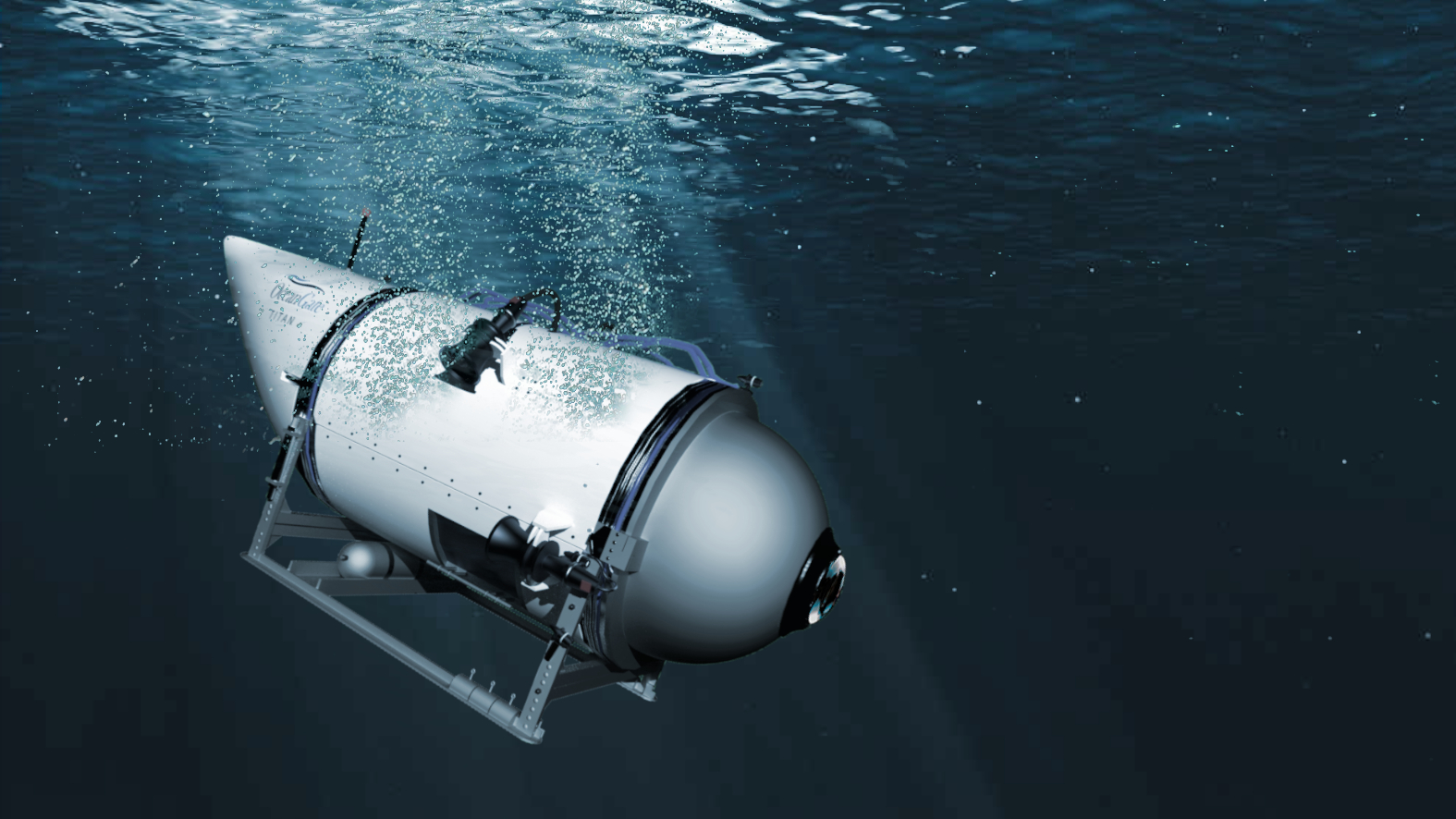
The Fatal Voyage of Titan: From Deep-Sea Exploration to Allegations of Deliberate Destruction
The catastrophic implosion of the Titan submersible in June 2023 shocked the world, claiming the lives of five individuals venturing to explore the wreck of the Titanic.
Now, disturbing claims and testimony emerging from investigations and a new book paint a stark picture, suggesting the disaster may not have been an unforeseen accident but rather the result of ignored safety warnings and, perhaps most chillingly, the alleged deliberate intent of OceanGate CEO Stockton Rush.
A central figure in these revelations is Karl Stanley, a close friend of the late Rush and an expert in commercial submersibles.
Stanley shared his insights with Matthew Gavin Frank for his new book, *Submersed: Wonder, Obsession and Murder in the World of Amateur Submarines*.
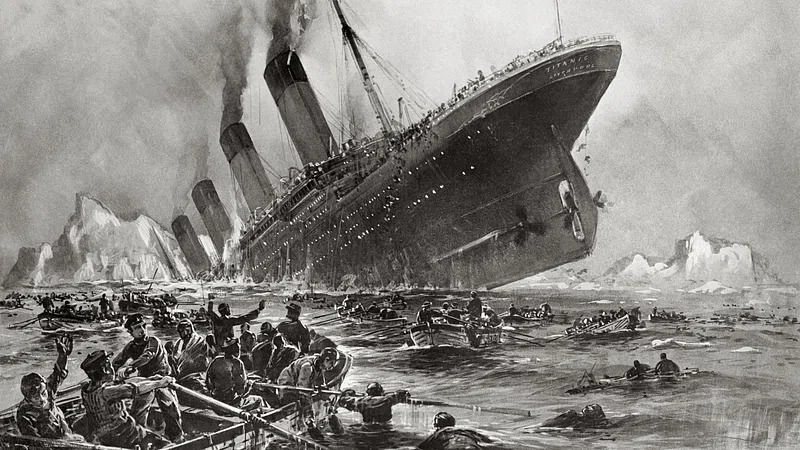
The CEO’s Twisted Ambition: Stockton Rush’s Suicidal Plan to Embed in Titanic Mythology
According to Stanley, Rush, the mastermind behind the Titan expedition, harbored a disturbing desire: he intended to die at the Titanic wreck.
Stanley alleges that Rush was potentially suicidal and fixated on writing himself into the mythology of the world’s most infamous shipwreck, even if it meant sacrificing others.“Rush’s ego was so big, he was willing to die and kill to be pivotal to the character of this story,” Stanley is quoted as saying in the book.
He further claimed, “He wanted to go [die] at the wreck [of the Titanic]. The more high-profile, the better.”Stanley went on to make a profoundly serious accusation.“He didn’t just murder four wealthy people and get paid a cool mill to do it – they are all part of the Titanic mythology now,” Stanley alleged.
Read more about: Unraveling the Titan Tragedy: Hearing Examines Sub Design and Ignored Safety Concerns
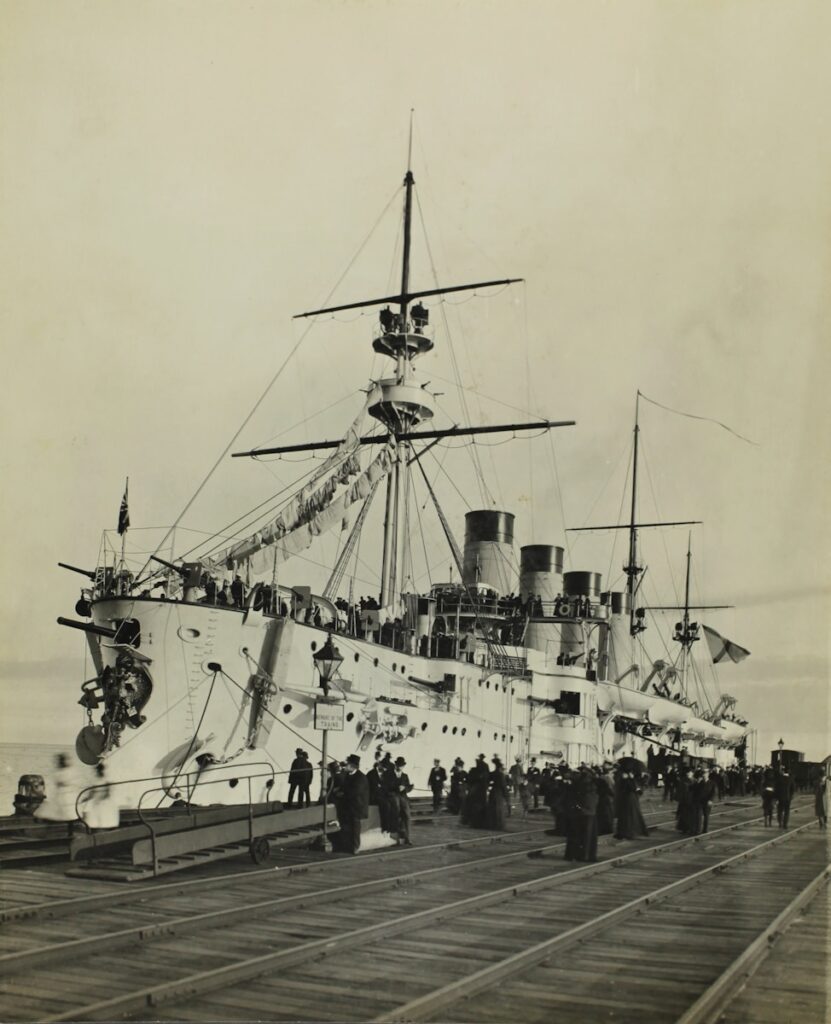
Just twelve days after the Titan implosion in the North Atlantic, Stanley messaged Frank via WhatsApp with a chilling declaration.Stanley claimed that Rush had known precisely what the outcome would be during the vessel’s final fateful trip.
According to Stanley, Rush actively plotted for the fatal plunge to be a one-way trip, which he described as a deliberate death dive engineered to cement his legacy in history.
Stanley characterized the vessel itself as “futile,” suggesting it had never truly been intended to return.Stanley offered a dark assessment of Rush’s engineering skills in this context, stating, “He was in fact a good engineer.”Stanley added, “He set a new standard for going out with a bang.”
Stockton Rush, born Richard Stockton Rush III in 1962 into a wealthy San Francisco family, was a descendant of two signers of the U.S. Declaration of Independence.He spoke of wanting to be an astronaut as a child and the first person on Mars.He took up scuba diving at age 12 and became a commercial pilot at 18.
Read more about: Titan Submersible: Unconventional Design, Lack of Certification Under Scrutiny After Catastrophic Implosion
Rush earned a degree in aerospace engineering from Princeton University in 1984, followed by an MBA from Berkeley.He briefly worked as a flight-test engineer and managed a company specializing in remote control technology.
By 2007, he conceived the idea of starting his own submarine company, co-founding OceanGate two years later in 2009.In a 2017 speech, Rush explained his pivot from space to the ocean.“I wanted to be an astronaut,” he said.“That’s why I got an engineering degree.”
Read more about: AI in the Workplace: Unlocking Productivity Through Human-Machine Collaboration

He continued, “I watched Star Trek, Star Wars, and I wasn’t going to get to Jupiter or Mars but I did realise that all the cool stuff that I thought was out there is actually underwater.”
Rush clearly had a specific destination in mind for his underwater pursuits.“The goal was where do you want to go in the ocean?” he asked.“Where is the most known site in the ocean?”He concluded, “And it’s clearly the Titanic.”Stanley alleged that Rush’s choice of name for the submersible, Titan, was deliberate.
Read more about: Tesla Under Pressure: Sales Scandals, Leadership Controversies, and the EV Giant’s Struggle to Rebuild Trust
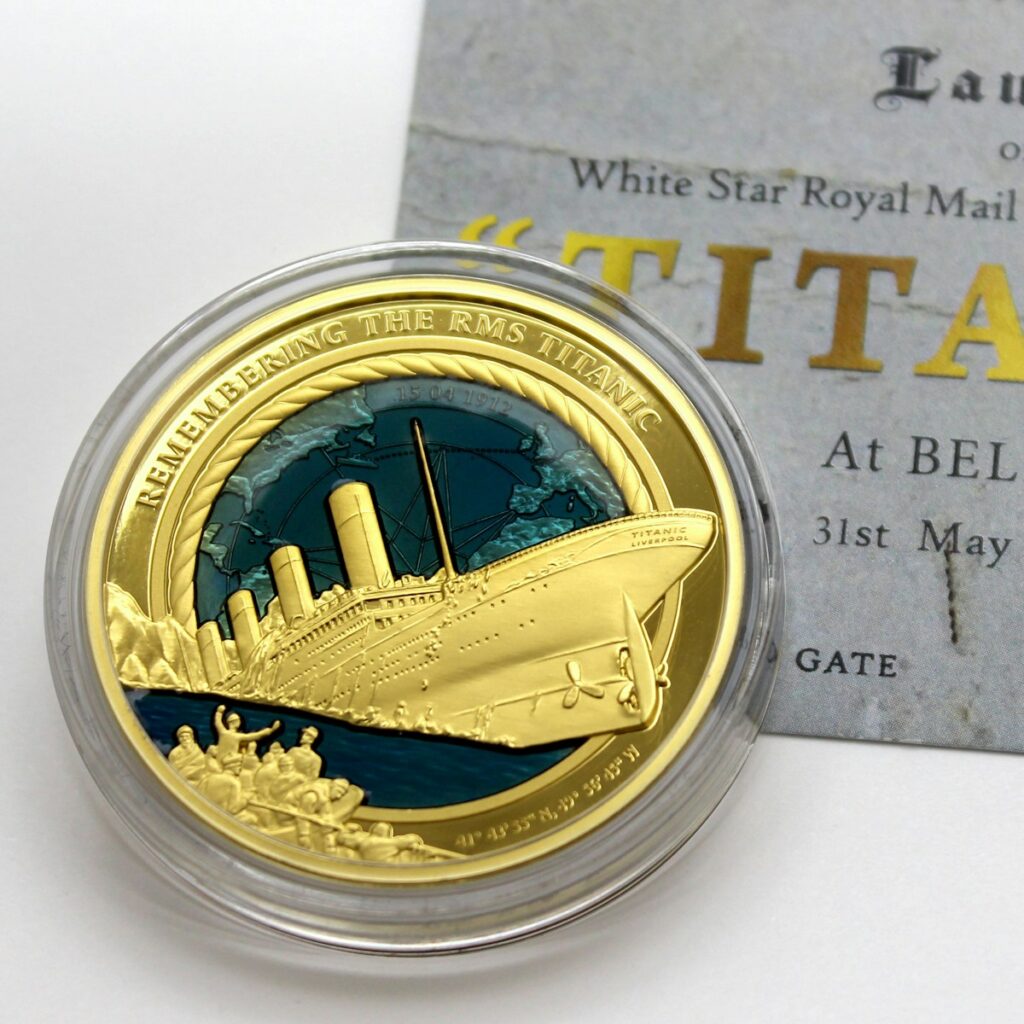
He claimed it was named after the fictional ship in Morgan Robertson’s 1898 novella *Futility*, which eerily sank in the North Atlantic after hitting an iceberg, mirroring the Titanic’s fate 14 years later.
Stanley contended that to extend the Titanic’s folklore and become part of it, Rush needed to ensure more than just his own death.
He claimed Rush needed to “knowingly fabricate a ‘futile’ vessel, costumed in a titanic name, as his murder weapon,” as detailed by Frank.

Ignored Warnings of Death: From Deep-Sea Noises to Fatal Flaws in Carbon Fiber Hull
A fellow submersible enthusiast, Stanley further characterized the Titan with a chilling description.He claimed that Rush designed the submersible to be a “mousetrap for billionaires.”
When pressed on whether he genuinely believed Rush intended to kill everyone aboard as part of a suicidal vanity project, Stanley was unequivocal.“I know this is what happened,” he stated firmly.Warnings about the Titan’s safety were allegedly raised years before the fatal dive.
Four years prior to the disaster, in 2019, Karl Stanley had accompanied Rush on one of the Titan’s test dives in the Bahamas.
During this dive, the vessel descended to a depth of 12,336 feet, a depth comparable to that of the Titanic wreck.Stanley recounted hearing ominous gunshot-like sounds every three to four minutes throughout their hours-long descent.
He feared these sounds indicated the sub’s hull was buckling under immense pressure.The day after the dive, Stanley conveyed his concerns to Rush via email.He wrote that the sounds “sounded like a flaw/defect in one area being acted on by the tremendous pressures and being crushed/damaged.”
Stanley added in his email, “From the intensity of the sounds [and] the fact that they never totally stopped at depth… [it] would indicate that there is an area of the hull that is breaking down/getting spongy.”
He urged Rush to postpone any further dives, especially those involving paying passengers, until the issue could be thoroughly investigated.
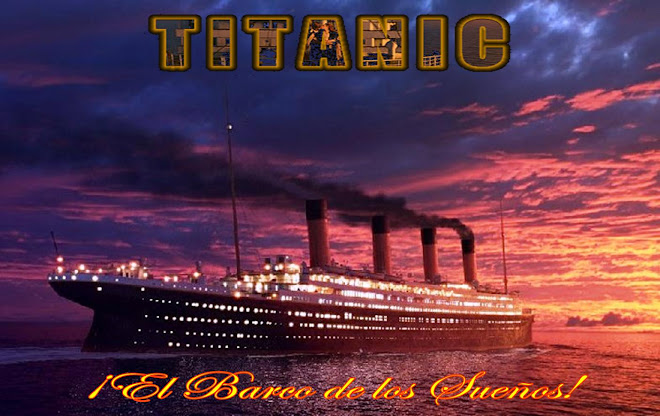
Stanley implored in his email, “I don’t think you push forward with dives to the Titanic this season… I think it will be succumbing to pressures of your own creation in some part dictated by ego to do what people said couldn’t be done.”
Rush responded heatedly, ordering Stanley to refrain from offering his opinions.He insisted Stanley had not been invited on the test dive to provide feedback on the Titan’s design or safety.
In his reply, Rush wrote, “I value your experience and advice on many things, but not on the assessment of carbon fiber pressure hulls… I hope you, of all people, will think twice before expressing opinions on subjects in which you are not fully versed.”
Refusing to be silenced, Stanley presented Rush with a grim potential outcome.He laid out two worst-case scenarios: delaying dives for safety investigation (leading to disappointed customers and financial issues) or pushing ahead despite the alarming noises.Stanley wrote in his email, “How I like to make decisions is by considering the worst-case scenarios.”
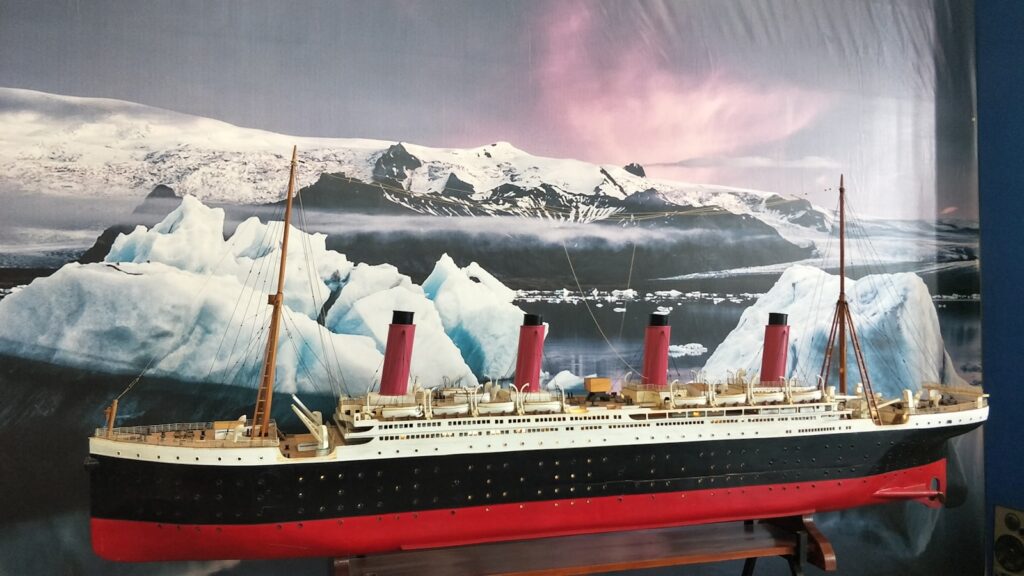
He continued, “The worst-case scenario of delaying diving until you have identified the defect, making all that noise, is some disappointed customers and financial woes.”He then painted the second, far more dire picture.
“The worst-case scenario of pushing ahead and not listening to the hull yelling at you involves [rival sub builder and CEO of Triton Submarines] Patrick Lahey and some Russian oligarch tooling around a Russian nesting dolls version of a wreck site in a made-for-TV special, telling his version of how things went wrong,” Stanley warned.
He concluded his email with a plea, “I hope you see option B as unacceptable as I do.”Tragically, four years later, Stanley’s chilling prediction would become a reality witnessed by the world.
Testimony during the US Coast Guard’s inquiry into the disaster has echoed concerns about OceanGate’s priorities.
David Lochridge, OceanGate’s former director of marine operations, testified that he felt the company was primarily focused on making money rather than scientific endeavors.
“The whole idea behind the company was to make money,” Lochridge stated during the hearing.He added, “There was very little in the way of science.”
Lochridge, a veteran engineer and submersible pilot who joined the company in the mid-2010s, claimed he was fired in 2018 after questioning the Titan’s design and safety.
He filed a complaint, which was later settled for an undisclosed amount.Lochridge testified that he felt used by the company, saying he was expected to provide scientific credibility.“I was, I felt, a show pony,” he told investigators.“I was made by the company to stand up there and do talks.”He described it as difficult, stating, “I had to go up and do presentations.All of it.”
Lochridge referenced a 2018 report where he raised safety issues, stating “there was no way I was signing off on this.”He expressed a complete lack of confidence in how the Titan was being built, saying, “No confidence whatsoever.”
He claimed there was high employee turnover and that leadership dismissed his concerns.According to Lochridge, they were more focused on what he called “bad engineering decisions” and a desire to reach the Titanic quickly to start generating revenue.
Read more about: Inside the Titan Disaster: A Pattern of Ignored Warnings Emerges From Leaked Documents

Lochridge testified that he wanted to dive the Titanic safely, calling it his “bucket list” item, and didn’t want to lose his job.Another former employee, Tony Nissen, OceanGate’s former engineering director, testified that he felt pressured to get the vessel ready for dives.
Nissen told investigators that he refused to pilot the Titan for a journey several years before its last trip.He recounted telling Rush directly, “‘I’m not getting in it.’”

When asked if there was pressure to get the Titan into the water, Nissen responded definitively, “100%.”However, when asked if this pressure compromised safety decisions and testing, Nissen gave a more complex answer.
He paused before replying, “No.And that’s a difficult question to answer, because given infinite time and infinite budget, you could do infinite testing.”
Read more about: Voices from the Deep: Former Titan Passengers and Crew Detail Troubles Below the Surface

Bonnie Carl, OceanGate’s former finance and human resources director, also testified, stating that Lochridge had characterized the Titan as “unsafe.”
The ongoing investigations have highlighted that the Titan submersible had not undergone independent review, a standard practice for such vessels.
This lack of certification, combined with its unconventional design, had already drawn scrutiny within the undersea exploration community.

The BBC documentary *Implosion: The Titanic Sub Disaster* featured accounts detailing specific technical issues and near-misses.
Rush’s insistence on using carbon fiber for the hull instead of titanium was questioned by engineering experts as it was an untested material for deep dives.
The crack and delamination found in the carbon fiber hull after Dive 47 in 2019, following Stanley’s warning, necessitated a hull replacement.However, when Rush replaced it in 2020, he again opted for carbon fiber.
Profit Over Safety: How OceanGate Sacrificed Lives for Wealth and Vanity
When the Titan was relaunched in early 2021, OceanGate disregarded US guidelines for carrying passengers and did not register their operation.
Rush attempted to justify this approach at a 2022 GeekWire summit.“When you’re outside the box, it’s really hard to tell how far outside the box you really are,” he said, adding, “And we were pretty far out there.”
Josh Gates, a TV presenter who had planned a Discovery Channel documentary on Rush and the Titan, pulled out of the project after hearing audio of loud bangs from a previous dive that Rush played for him.Gates described it as more than just a red flag.
“It wasn’t just a red flag for me, it was like a flare had gone up,” he stated in the BBC documentary.Gates recalled calling the president of his TV network and saying, “We shouldn’t do this.This is a mistake.Something bad is going to happen here.”
Read more about: A $5.5 Trillion Savings Wipeout and Wall Street’s Big Bet Raise Risks for the US Economy

Adventurer and businessman Alfred Hagen, who paid $200,000 in 2021 for an attempted trip to the Titanic wreck, was on Dive 61, which was abandoned at 7 meters.
After surfacing, the submersible’s titanium dome reportedly fell off.Hagen did later get to see the Titanic on Dive 80 on July 15, 2022.However, during the ascent on Dive 80, there was a loud crack.
This later turned out to be the carbon fiber delaminating, indicating the hull had started to break apart, rendering any subsequent expedition in the submersible extremely dangerous.
Despite these documented issues and warnings, OceanGate proceeded with Dive 88 on June 18, 2023.
Stockton Rush, 61, piloted the submersible, accompanied by British billionaire Hamish Harding, 58, Pakistani businessman Shahzada Dawood, 48, his son Suleman Dawood, 19, and French explorer and Titanic expert Paul-Henri Nargeolet, 77.
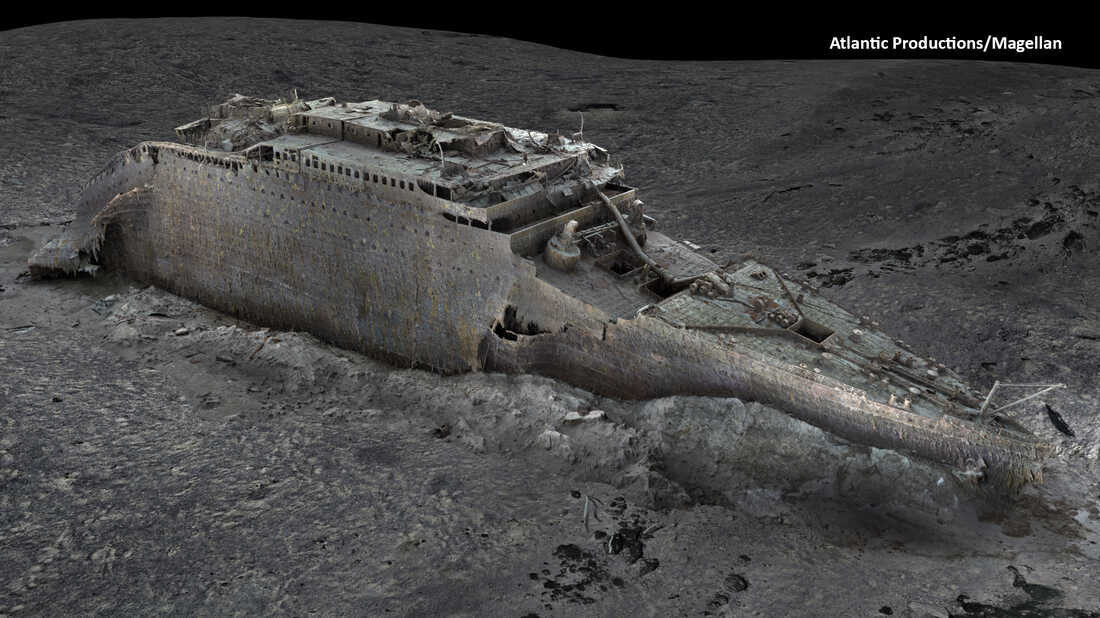
One hour and 45 minutes into their descent towards the Titanic wreck, located thousands of feet below the surface of the North Atlantic, the Titan lost communication with its support ship, the Polar Prince.
For four agonizing days, the world watched as an international search and rescue mission unfolded.Rescuers raced against time, aware of the limited oxygen supply aboard the submersible.
However, Karl Stanley, observing from afar, stated he knew from the outset that the submersible had imploded and there would be no survivors.“It was the carbon fiber tube that failed,” Stanley said.He testified at the US Coast Guard inquiry, reflecting on Rush’s approach.
Read more about: Wedding Cake Drama: She Was Disinvited, So She Canceled the Dessert. Was She Right?

Stanley stated, “Stockton was fixated on a larger number of people getting to the depth of the Titanic, and every other decision was secondary.He put too much faith in carbon fiber as a material, financial pressures from investors, causes… this was only dive fourteen to the Titanic.”
Stanley felt Rush had not gained enough experience before commercial operations.“I suggested to Stockton he should have at least fifty dives under his belt before going commercial… he should have listened,” Stanley claimed.
On June 22, the U.S. Coast Guard confirmed at a press conference that the Titan had suffered a catastrophic implosion at the time contact was lost.All five people on board were killed instantly.

In the immediate aftermath, Stockton Rush was initially portrayed by some OceanGate colleagues as a visionary, one of the last great American dreamers and a pioneer of exploration whose enthusiasm was infectious.
However, this narrative shifted significantly as troubling information began to surface.Details emerged alleging that Rush had disregarded glaring warning signs about the Titan’s safety for years.It was suggested that a disaster of this magnitude had, in fact, been long predicted by those familiar with the vessel’s issues.
Rush was accused of continuing operations despite safety concerns, allegedly because the company was “strapped for cash” and relied on the money from wealthy clients to stay afloat.
The debris field from the Titan’s wreckage was later discovered approximately 1,600 feet from the bow of the Titanic.Included in the wreckage were mangled pieces identified as part of the Titan’s cylindrical carbon fiber hull.The US Coast Guard investigation, the highest level of marine casualty inquiry, is ongoing.
While no criminal charges have been brought relating to the implosion, Rush has faced widespread criticism since the disaster.During his testimony at the inquiry, Karl Stanley reiterated his belief that Rush knew how his risky venture would eventually end.
“He knew that eventually it was going to end like this and he wasn’t going to be held accountable,” Stanley testified.Stanley also offered insight into what he believed was Rush’s driving motivation.

“But he was going to be the most famous of all his famous relatives,” Stanley said, referencing Rush’s ancestry that included signers of the Declaration of Independence and his relation by marriage to Isidor and Ida Straus, who perished on the Titanic.
A former business associate of Rush’s also told Matthew Gavin Frank that the OceanGate CEO was a frustrated astronaut.Having faced faltering efforts to venture into space, Rush reportedly turned to ocean exploration with the ambition of becoming the “Elon Musk of the sea.
The Nargeolet family has filed a $50 million wrongful death lawsuit against OceanGate, alleging the “doomed submersible” had a “troubled history” and that the company failed to disclose crucial facts about the vessel’s durability.
Ultimately, the claims from those who knew Stockton Rush and worked with him paint a complex and unsettling picture.
They raise profound questions about the balance between ambition, innovation, financial pressures, and the paramount importance of safety in the challenging frontier of deep-sea exploration.
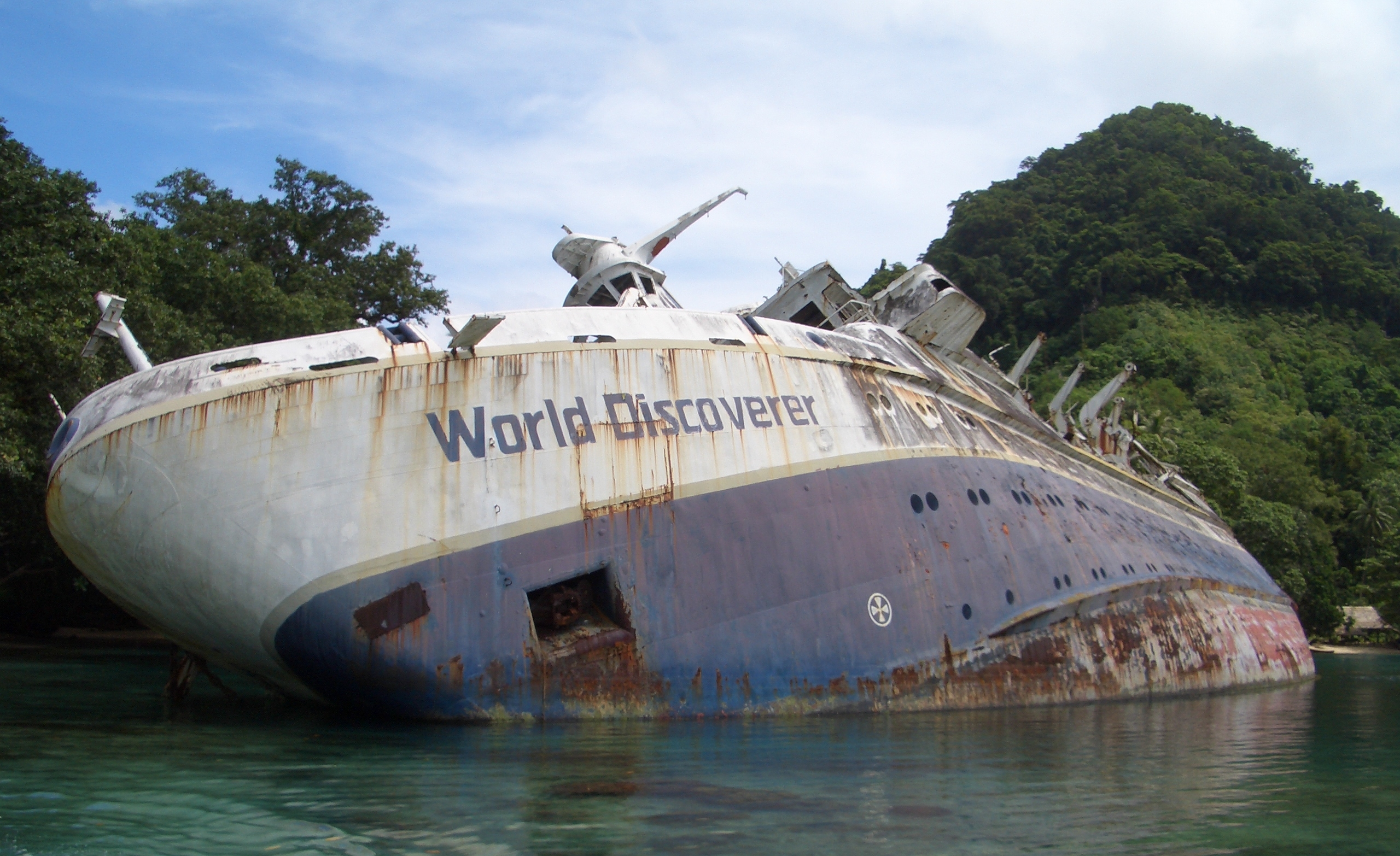
The ongoing investigations continue to piece together the full story of how a quest to visit the world’s most famous shipwreck ended in such devastating and potentially foreseeable tragedy.
Read more about: Shoes Sent to be Recycled Found Dumped and Resold in Indonesia After Trackers Unravel Global Waste Mystery
The legacy of the Titan disaster is likely to be defined not only by the lives lost but by the serious allegations of deliberate risk-taking and the stark warnings that went unheeded on the path to the deep.
Related posts:
Titan sub mastermind PLANNED to kill himself on doomed dive: Mind-blowing claim that could change everything
Who was Stockton Rush as BBC airs Titanic Sub Disaster documentary?
Doomed Titan submersible’s ex-operations chief testifies company goal was money and there was “very little” science



